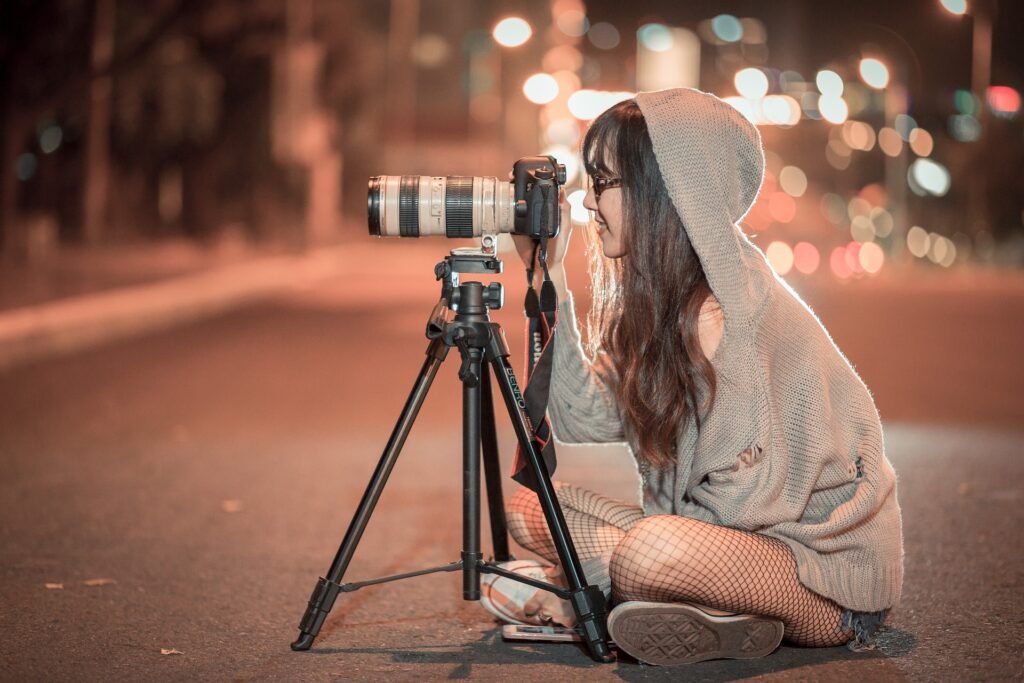Physical Address
304 North Cardinal St.
Dorchester Center, MA 02124
Physical Address
304 North Cardinal St.
Dorchester Center, MA 02124
As photography technology continues to evolve, one of the most debated topics among photographers—both amateur and professional—remains the comparison between full-frame vs crop-sensor cameras. With a plethora of options available in 2024, understanding the key differences, advantages, and drawbacks of each sensor type is essential for making an informed decision when selecting a camera. In this article, we’ll explore how full-frame cameras stack up against crop-sensor models and discuss the full-frame advantages for professionals while highlighting some of the best full-frame cameras of 2024.

Before diving into the comparison, let’s clarify the differences between full-frame and crop-sensor cameras.
One of the primary reasons many professionals opt for full-frame cameras is their ability to produce superior image quality. The larger sensor size allows for greater light capture, resulting in less noise, especially at higher ISO settings. This is particularly advantageous for photographers working in challenging lighting conditions, such as events, weddings, or low-light environments.
Full-frame sensors typically offer a wider dynamic range, enabling them to capture more detail in both highlights and shadows. This capability is crucial for landscape photographers, who often deal with high-contrast scenes. With a full-frame camera, you can preserve details in bright skies while maintaining shadow detail in the foreground.
The larger pixels of full-frame sensors collect more light, resulting in better performance in low-light situations. Professionals who frequently shoot indoors or at night will appreciate the cleaner images and reduced noise that full-frame cameras provide compared to crop-sensor counterparts.
For portrait photographers, achieving a blurred background (bokeh) is often a priority. Full-frame cameras allow for a shallower depth of field, providing more significant subject isolation and a professional look to images. This capability is particularly beneficial for creating stunning portraits and cinematic video footage.
While crop-sensor cameras are limited to lenses designed for their smaller sensors, full-frame cameras can utilize both full-frame and crop-sensor lenses. This flexibility expands a photographer’s options and allows for better investment in high-quality lenses, which can further enhance image quality.
When evaluating full-frame and crop-sensor cameras, several factors come into play. Here are some critical comparisons to consider:
As you consider upgrading to a full-frame camera, here are some of the best full-frame cameras of 2024 that cater to various needs and budgets:
The Sony A7 IV is a versatile option for both photographers and videographers, providing excellent performance across a range of genres.
The Canon EOS R5 is a powerhouse that excels in both still photography and videography, making it a favorite among professionals.
The Nikon Z9 is perfect for sports and wildlife photographers, offering exceptional speed and image quality in a robust design.
The Panasonic Lumix S5 is a fantastic choice for hybrid shooters who need both high-quality stills and professional-level video capabilities.
When it comes to choosing between full-frame and crop-sensor cameras, your decision should be based on your photography needs, style, and budget. While full-frame cameras offer several advantages for professionals, such as superior image quality, low-light performance, and a wider dynamic range, crop-sensor cameras provide excellent value for those just starting or who prefer a lightweight, budget-friendly option.
By understanding the differences and advantages of each type of camera, you can make an informed decision that aligns with your photography goals. Whether you choose a full-frame camera for its exceptional performance or a crop-sensor model for its practicality, there’s a perfect camera waiting for you in 2024.